If you have a wild flower green roof it will probably be looking quite brown and hay like at the moment. You may find it useful to know why this happens seemingly quicker than in a meadow and what you should do to ensure the rooftop can look it’s best again next year.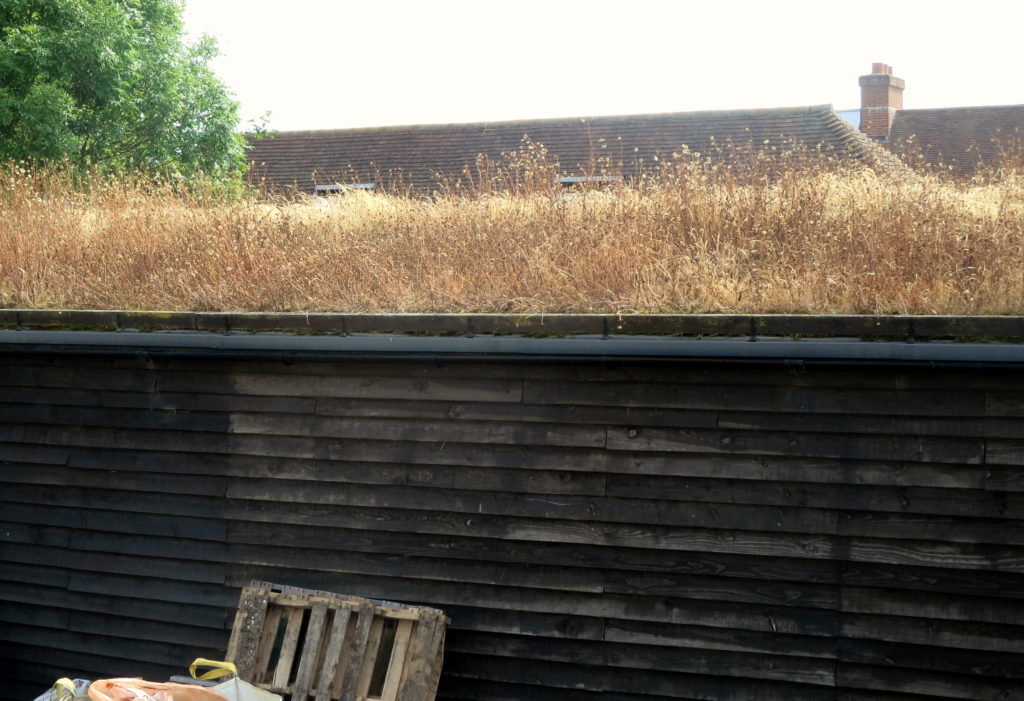
The first thing to know is that nothing has gone wrong, it should be looking that way at this time of year and if you are considering a wildflower roof it is important for you to take on board that it will look ‘brown’ after flowering and setting seed, until you mow it a little later on in the summer.
Why do the wildflowers die back?
Within a wild flower meadow, individual plants have root systems that are very deep and in some case can access moisture 1-2 metres below the ground. This means that it would take months of dry weather before the meadow looks brown and many species are wonderfully drought tolerant.
On a roof, wildflowers only have access to moisture to the depth of the substrate, for example 10cms, therefore this has the affect of limiting available moisture. Limiting water will speed up the plant’s life-cycle and encourages the plant to flower and shed seed a lot quicker. This does not mean the plant will die off completely, it will simply shut down until water is available and then rejuvenate itself for the following year. Whilst the ‘brown’ look is not to everyone’s taste it still provides excellent habitat for wildlife, particularly birds and insects, holding far more biodiversity than an irrigated grassy roof or the mono culture of a sedum roof.
Substrate for installation of a wildflower roof.
Wildflowers have high transpiration rates compared to sedum. In order to help maintain moisture levels the substrate is an important consideration. Ideally it should have a high organic matter content to provide a sponge like quality. This will ensure that levels of moisture are maintained for as long as possible. A high organic content will still allow quick drainage during heavy rain, but rather than all the water running down the drain pipe, the water absorbing substrate will release the moisture gradually over the following days and weeks.
How should I maintain the roof?
A dry summer, as we have had, will not give enough water for a wildflower roof to stay lush green so there are two maintenance options.
- Except the brown vegetation for a while, it requires limited maintenance and is great for wildflower health. The dryness will kill off some of the invasive and dominant grasses and pave the way for stronger wildflowers the following year. Once you decide to do your annual maintenance cut, this will tidy the roof up and the area should green up within a matter of weeks after a reasonable amount of rainfall.
or
- Irrigation will give you a very different outcome, keeping the roof green throughout the summer. There are a number of different systems that are available dependent on the size of roof that you have. Water can be added from above by a sprinkler (more time consuming) or below through a drip feed or capillary irrigation system.
Whilst your wildflower roof may look slightly unkempt for a month or two, it is still the richest source of biodiversity for a green roof covering, the most natural looking and beneficial to the environment.
The succession of photos below were taken in 2014 – a wildflower stable roof that was installed 6 years ago. Year after year it comes back to be beautiful again after allowing this browning off period in July and August.
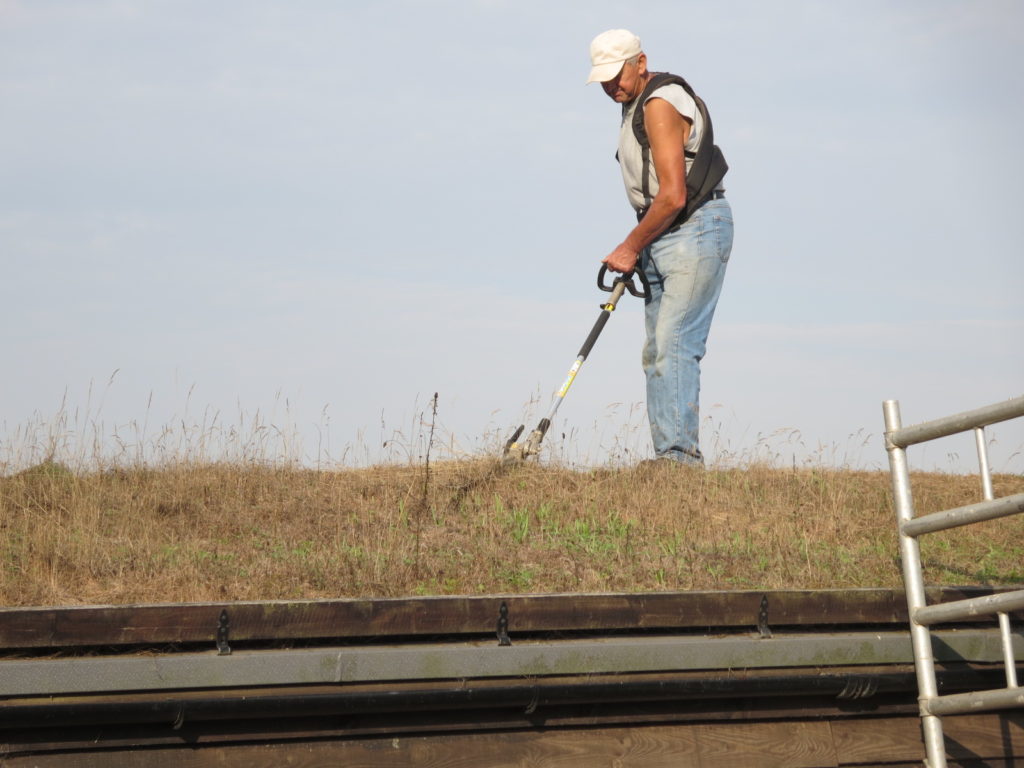

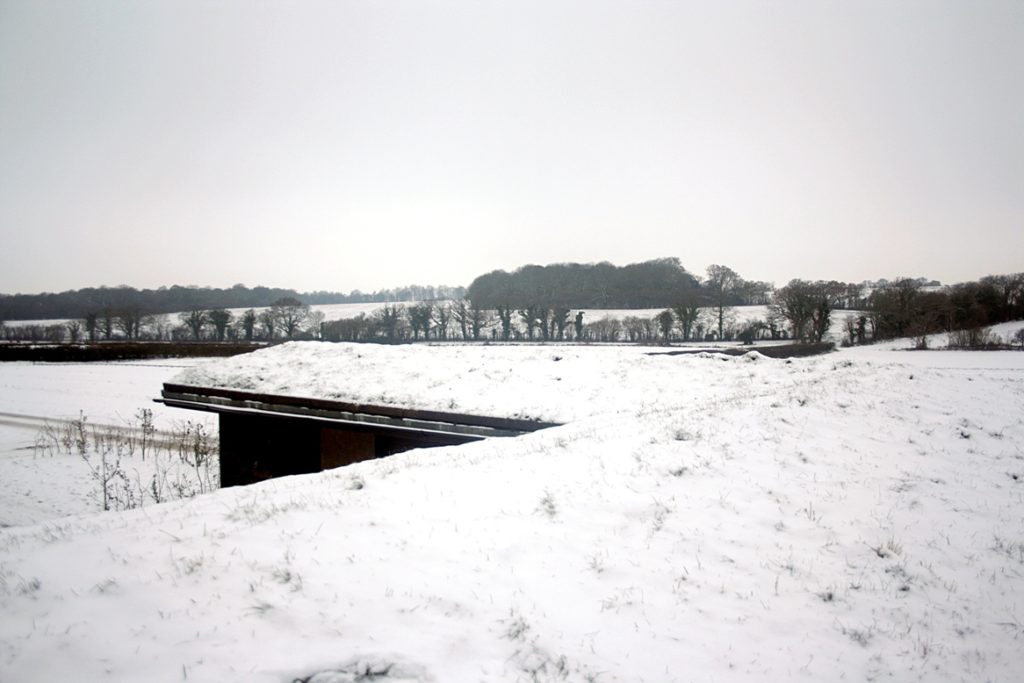
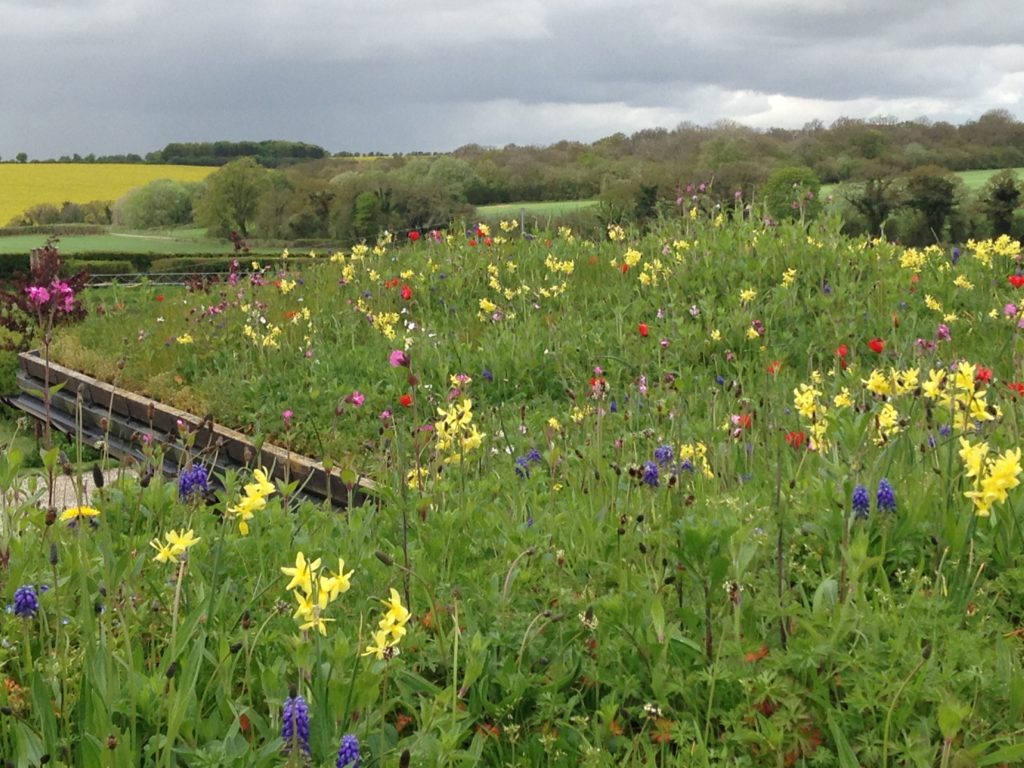
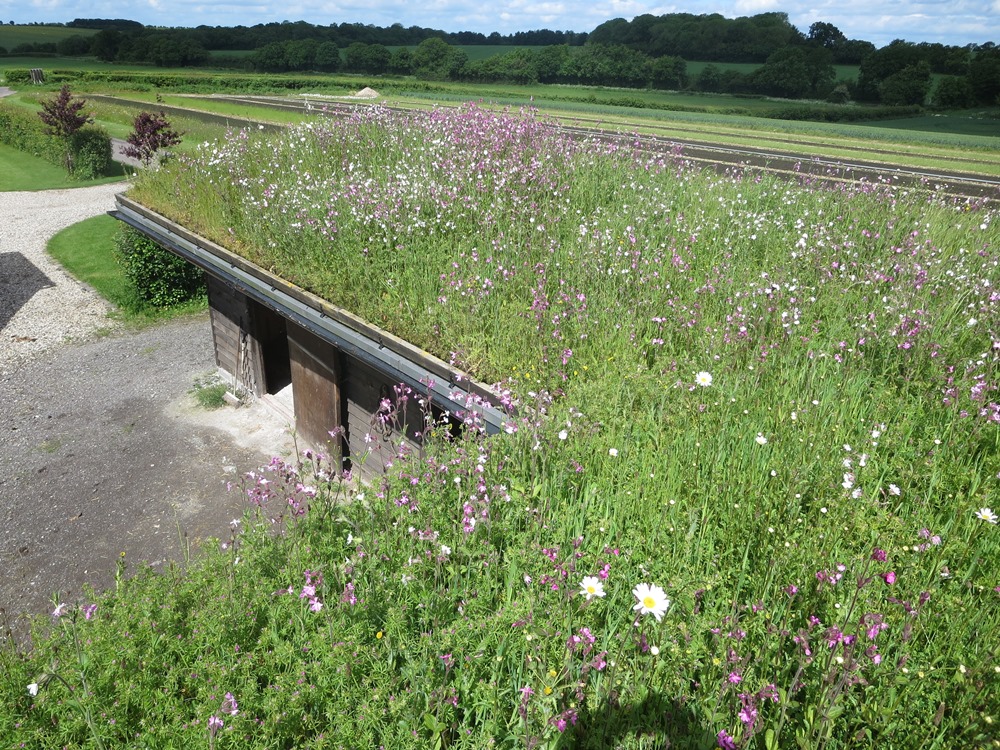

For more information on creating a wildflower roof, speak to Toby at Wildflower Turf 01256 772901.